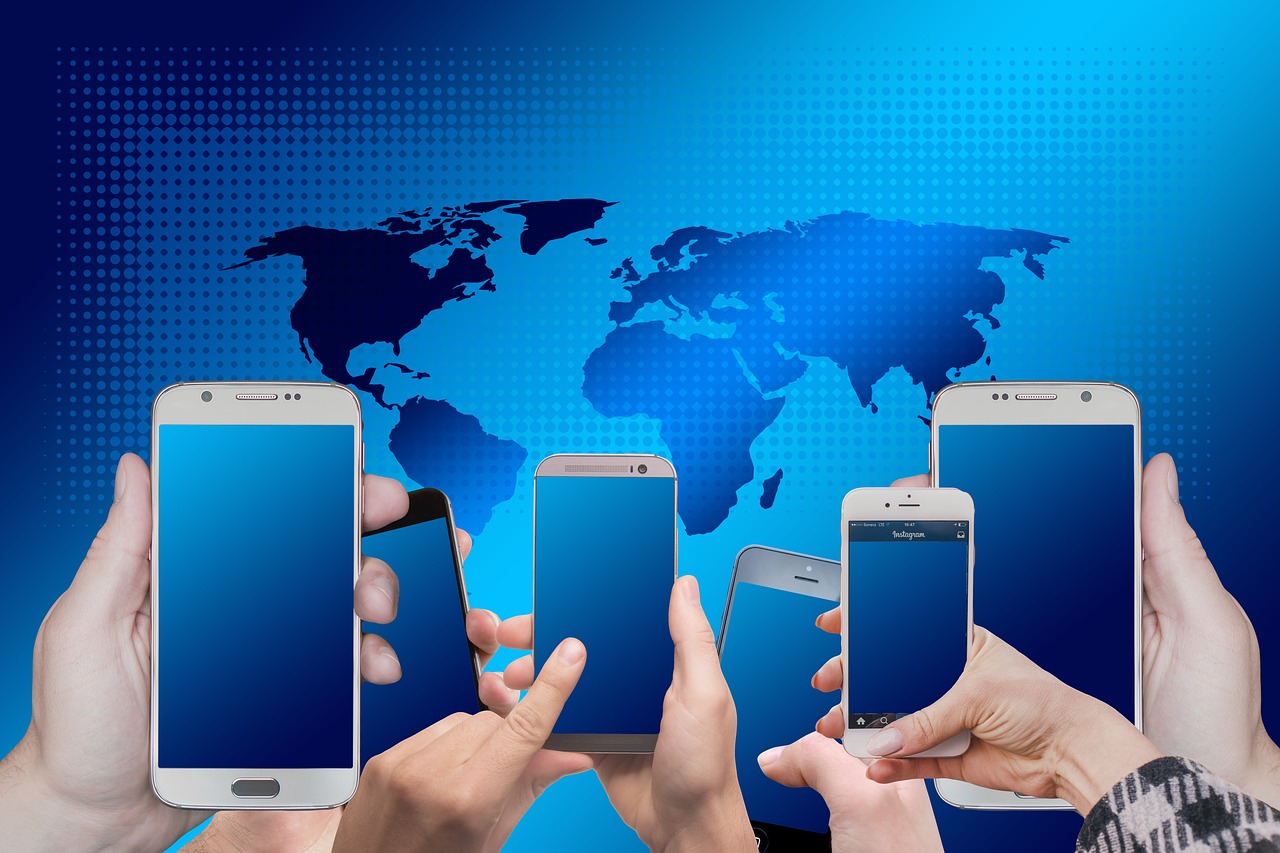For all the power of the modern smartphone, it has always had an Achilles’ heel: the cell tower. Venture too far from civilization—into a national park, out on the open ocean, or down a remote country road—and your multi-hundred-dollar supercomputer becomes little more than a camera and a calculator. The dreaded “No Service” message has been a source of inconvenience, anxiety, and, in emergency situations, genuine danger.
That is all changing. A new technological frontier is being integrated directly into our smartphones: satellite communication. What was once the exclusive domain of bulky, expensive satellite phones is now a feature on a standard iPhone or Android device. This innovation is starting as a critical safety net, but it’s poised to fundamentally redefine our concept of connectivity and erase the dead zone from the map.
How It Works: A Low-Orbit Lifeline
To understand the revolution, you first need to understand the difference between cellular and satellite networks.
-
Cellular Networks: These are ground-based. Your phone communicates with a nearby cell tower, which is connected to a wider network via fiber optic cables. This system is excellent for populated areas but is economically unfeasible to build in remote or sparsely populated regions.
-
Satellite Networks: This system bypasses ground-based towers entirely. Your phone’s internal antenna sends a highly directional signal up to a satellite in Low Earth Orbit (LEO). These LEO satellites, orbiting hundreds of miles above the Earth, act as cell towers in the sky. The satellite then relays your signal back down to a ground station, which is connected to the internet and emergency services networks.
The key challenge has been miniaturizing the powerful antennas and modems required for this connection to fit inside a slim smartphone and work with its limited battery power. Recent breakthroughs in chip design and antenna technology have finally made this possible.
Phase 1: The Emergency SOS Era
The first mainstream application of this technology, pioneered by Apple with “Emergency SOS via Satellite” and quickly followed by Android solutions from Qualcomm and MediaTek, is focused squarely on safety.
The user experience is designed for duress. When you are outside of cellular and Wi-Fi range and need help, you can activate the emergency satellite feature. The phone’s software guides you to point the device directly at an orbiting satellite, which can be invisible to the naked eye. Because the bandwidth is extremely low, you can’t make a voice call or send photos. Instead, you communicate through a highly compressed text-messaging interface. The system asks a series of multiple-choice questions (“What is the emergency?” “Is anyone injured?”) to quickly gather critical information and send it in a tiny data packet to emergency dispatchers. It can also share your precise location.
This feature has already been credited with saving lives in numerous situations, from stranded hikers and car crash victims in remote canyons to boaters in distress. In this initial phase, satellite connectivity is a lifeline—a last resort when all other options have failed.
Phase 2: The Move to Everyday Messaging
The next logical step, which is already beginning to roll out, is moving beyond emergencies to general-purpose, off-grid communication. The technology is expanding to allow you to send and receive standard SMS or RCS text messages with friends and family even when you’re in a dead zone.
Imagine being on a multi-day camping trip and being able to send a text to let your family know you’ve arrived safely at the campsite, or to coordinate with a friend on a different trail, all without a hint of a cell signal. This is not about browsing the web or streaming video; it’s about maintaining a basic, essential connection to the human world. This phase transforms the feature from a once-in-a-lifetime emergency tool into a practical utility for anyone who enjoys recreational activities in the great outdoors.
Phase 3: The Holy Grail – Direct-to-Cell Broadband
This is the most ambitious and transformative phase, led by companies like SpaceX’s Starlink and AST SpaceMobile. Their goal is not just to enable emergency texts, but to provide a genuine, albeit low-bandwidth, data and voice connection directly to unmodified 4G and 5G smartphones.
The idea is to launch a new generation of massive LEO satellites with huge, powerful antenna arrays. These satellites would be able to communicate directly with the existing cellular modem in your current phone, effectively blanketing the entire planet in a baseline level of connectivity.
-
What this means: You could be in the middle of the Sahara Desert or the Pacific Ocean and still be able to send a WhatsApp message, make a voice call, or browse a simple webpage.
-
The Goal: The aim is not to replace high-speed terrestrial 5G networks, but to supplement them and completely eliminate dead zones. Your phone would seamlessly switch between the ground-based network and the space-based network whenever you lost your primary signal.
The Impact: A World Without Dead Zones
The implications of ubiquitous satellite connectivity are profound.
-
Safety and Security: It provides a new level of security for anyone living, working, or traveling in remote areas.
-
Economic Development: It can bring essential connectivity to rural communities and developing nations where building terrestrial infrastructure is too expensive.
-
The Internet of Things (IoT): It allows for the deployment of sensors and monitoring devices for agriculture, shipping, and environmental science in the most remote corners of the globe.
Conclusion: A Fundamental Shift in Connectivity
Satellite communication in smartphones is one of the most significant advancements in mobile technology in a decade. It began as a powerful safety feature, but it is rapidly evolving into a foundational layer of global connectivity. The race to launch these next-generation satellite constellations is a new kind of space race, with the ultimate prize being a world where the words “No Service” become a thing of the past.
